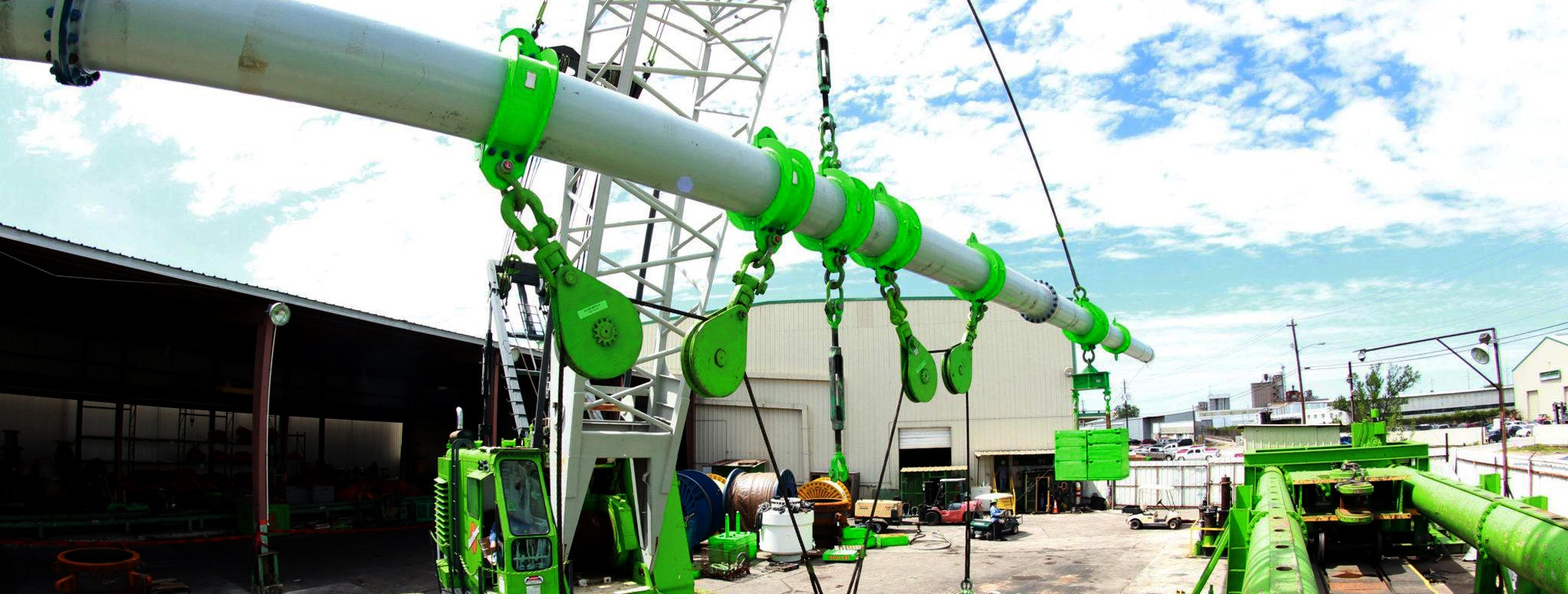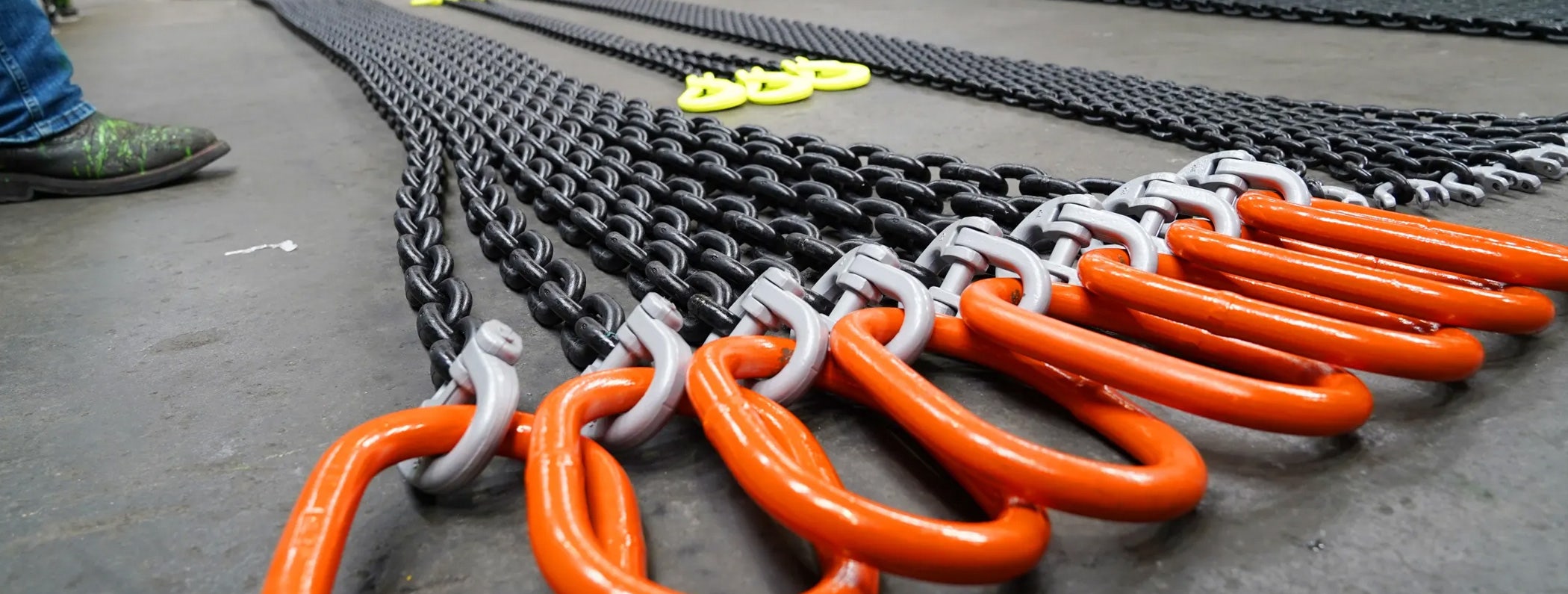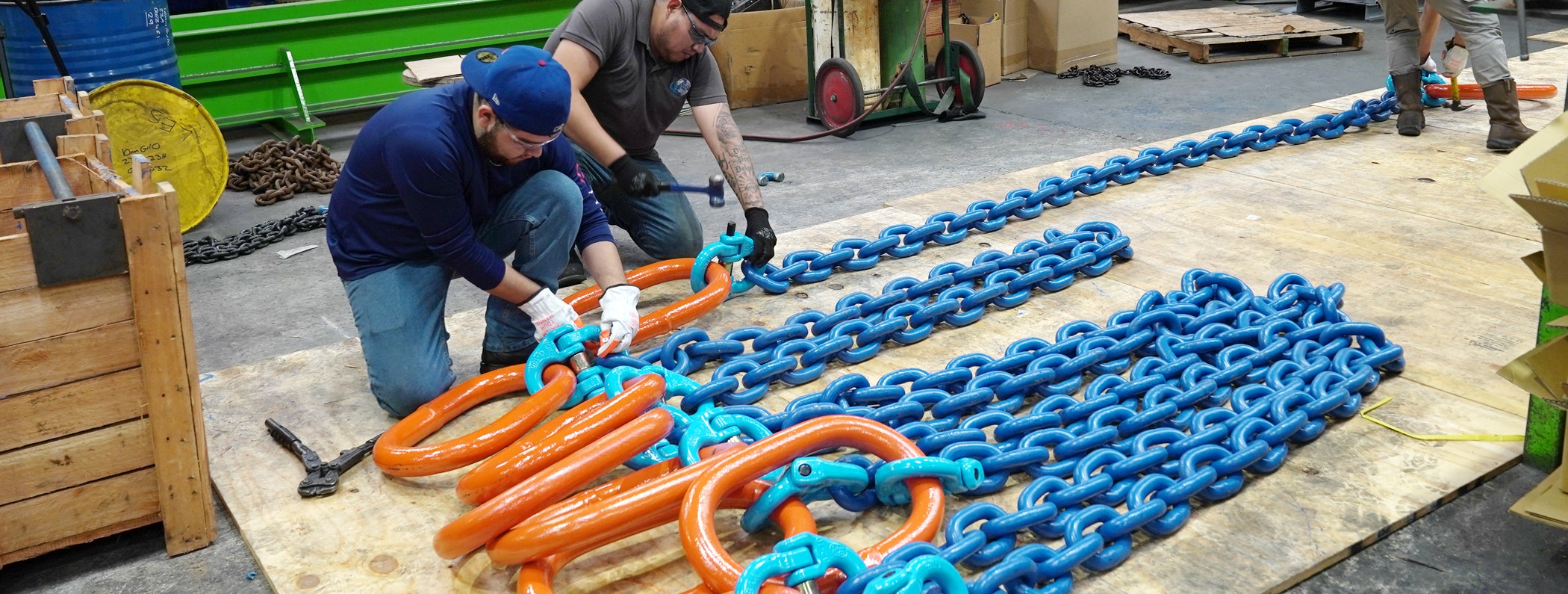Types of Sheaves and Their Applications

While sheaves may be a relatively small piece of hardware, they play a crucial part in mechanical engineering and lifting equipment. They are used in tandem with a rope, belt, or cable to lift items with a crane.

Essentially, a sheave is a wheel with an open groove that a rope or cable fits around so it can rotate around the exterior. One end of the cable is attached to an item that needs to be moved, while the other is attached to a fixed object, like the base of a crane. The cable smoothly moves over the wheel of the sheave as it is wound up on the fixed object, lifting the other object into the air.
Sheaves are also commonly known as pulleys, and when two or more pulleys are used together for extra strength, this is known as a sheave block. Rope pulleys were used as far back as the 1500s to hoist water out of wells, and they were likely used to lift and move heavy rocks that created Stonehenge in the UK.
Over the centuries, the overall design of sheave blocks has not changed too much. These days, they are typically made with an alloy mix of iron and steel. Some models also add carbon and silicon for extra durability.
The most common design for a sheave block that is used in lifting equipment is comprised of seven parts:

First, there is a hook at the top that connects the entire block to the lifting equipment piece, such as the top of a crane.
Next, there is a strap that surrounds the sheave block so the rope or cable stays in place.
There is also a protective shell surrounding the sheave.
Inside is the sheave or pulley, which looks like a wheel. There is a pin that runs through the sheave so that it can rotate.
The opening between the interior sheave and exterior shelf is called the swallow, and the bottom opening of the shell is the breech.
You certainly want to purchase a sheave block that is durable and strong enough for whatever task you will be using it on. You also want to look out for a sheave with a smooth radius to reduce friction between the pulley metal and the cable or rope. It is also best to buy a sheave with rounded outside diameters as any sharp corners could damage or wear down the rope as it slides over the pulley.
Finally, look for a sheave that has a thicker base and thinner side grooves. This provides better support while allowing the cable to move smoothly over the top.
Featured Products
- Yoke 3" Sheave Light Snatch Block with Shackle - WLL 2 tons, #8-501-02The Yoke 3" Sheave Light Snatch Block with Shackle is designed for efficient lifting and rigging applications, featuring a working load limit of 2 tons (4,400 lbs). Compatible with wire ropes sized 8mm-10mm (5/16" - 3/8"), it incorporates a bronze brushing bearing for smooth operation. Learn More$266.21
- Yoke 4.5" Sheave Light Snatch Block with Hook - WLL 4 tons, #8-502-04The Yoke 4.5" Sheave Light Snatch Block with Hook is designed for strength and reliability, featuring a working load limit of 4 tons (8,800 lbs). Designed for wire ropes sized 10mm-13mm (3/8" - 1/2"), it utilizes a bronze brushing bearing for smooth operation. Learn More$485.22
- Yoke 12" Sheave Light Snatch Block with Hook - WLL 8 tons, #8-502-0812-19The Yoke 12" Sheave Light Snatch Block with Hook, WLL 8 tons, is designed for heavy-duty lifting applications with a sheave diameter of 12" and accommodates 19mm (3/4") wire ropes. It features a durable bronze brushing bearing and offers reliable performance with a 4:1 safety factor. Learn More$1,613.30
- Yoke 6" Sheave Forged Snatch Block with Shackle - WLL 12 tons, #8-541-12The Yoke 6" Sheave Forged Snatch Block with Shackle, WLL 12 tons, is designed for heavy lifting applications, featuring a 6" sheave diameter and compatibility with 19mm-22mm (3/4" - 7/8") wire ropes. It provides superior strength and reliability with a bronze brushing bearing and a 4:1 safety factor. Learn More$1,530.12
- Yoke 10" Sheave Super Snatch Block with Shackle - WLL 20 tons, #8-551-2010The Yoke 10" Sheave Super Snatch Block with Shackle, WLL 20 tons, is designed for heavy-duty lifting operations. Featuring a 10" sheave diameter and compatibility with 25mm-29mm (1" - 1-5/32") wire ropes, it provides strength and durability with a bronze bushing and 4:1 safety factor. Learn More$3,237.92
Tags
Recent Articles















